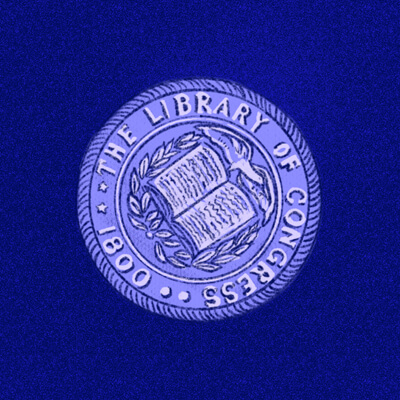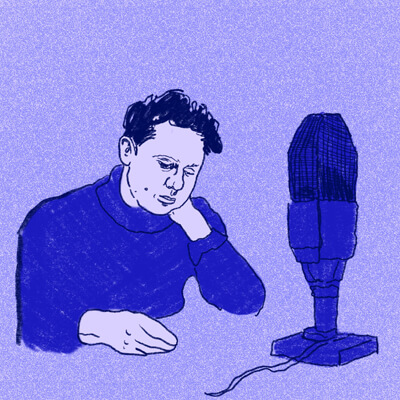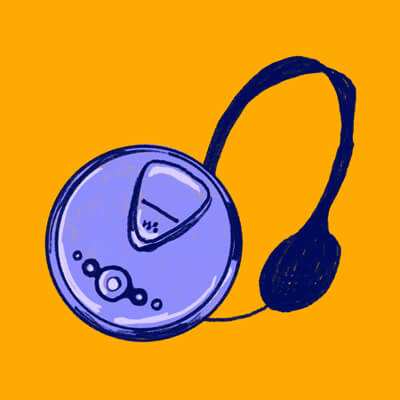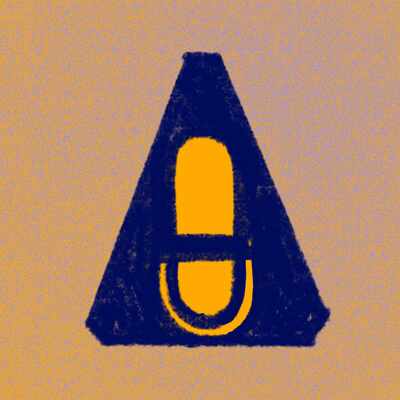1877

Thomas Edison invents the phonograph, which records speech. He recites and records Mary Had a Little Lamb.

An audiobook seems like the most accessible form of a book or text, but creating a truly accessible audiobook requires planning, attention to detail, and the right technology. A poorly done audiobook can be a frustrating experience - for everyone.
This section explores the surprisingly long history of recorded texts, the various components of a well-made and accessible audiobook, and provides some resources that will assist in the production and evaluation of audiobooks.
Audio books are voice recordings of the text of a book, narrated by the author, an actor, actress, or professional readers, that you listen to rather than read. They can be exact, word-for-word versions of books or edited, abridged versions. You can listen to audiobooks with or without headphones or earbuds, on a smartphone, tablet, personal computer, home speaker system or in your car. Audio books are available in a variety of formats and are typically purchased and downloaded from online bookstores or downloaded for free from public domain sites. Most public library systems offer online audiobook downloads - all you need is a library card. (Livewire, 2020).
Audio books are not a modern invention. In fact, they have been around since Thomas Edison invented the phonograph in 1877, the first device capable of recording and reproducing sound. The first words Edison recorded were "Mary has a little lamb." The original 1877 recording has not survived, but in 1927, on the 50th anniversary of the invention of the phonograph, Edison recorded this demonstration of how he made his first record.

Thomas Edison invents the phonograph, which records speech. He recites and records Mary Had a Little Lamb.

The American Foundation for the Blind and the Library of Congress created the Books for the Adult Blind Project to make books available to people who are blind or visually impaired.

Caedmon Records is founded in New York. Their first commercial audiobook features Dylan Thomas reading a collection of his poems and his short story A Child's Christmas in Wales.

The cassette was invented and became the medium of choice for talking books.

The popularity of cassette tapes and the invention of the Sony Walkman in the 1980s allowed for the inexpensive mass production of audio books on tape.

The compact disc (CD) becomes the primary medium for audio books. Best-selling books are recorded but many are abridged.

Audio Publishers Association establishes the Audie Awards, the spoken word industry's equivalent of the Oscars.

Audible introduces the first digital audio player, which holds up to two hours of audio. Digital audiobooks are available for purchase at Audible.com.

LibriVox, a website where volunteers select public domain books to narrate themselves, is created. You can still become a LibriVox volunteer to practice the art of audiobook narration.

Audio books are entering the literary mainstream. Readers can now listen to a book in digital form anywhere they go on their smartphone or tablet.
From the site The Curious Reader